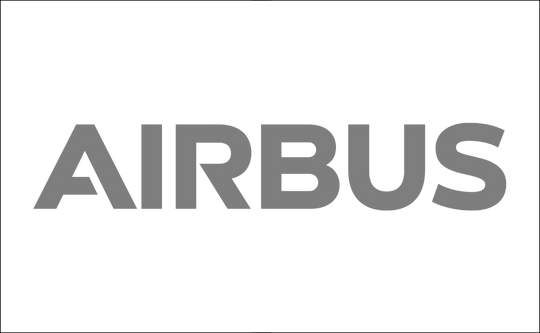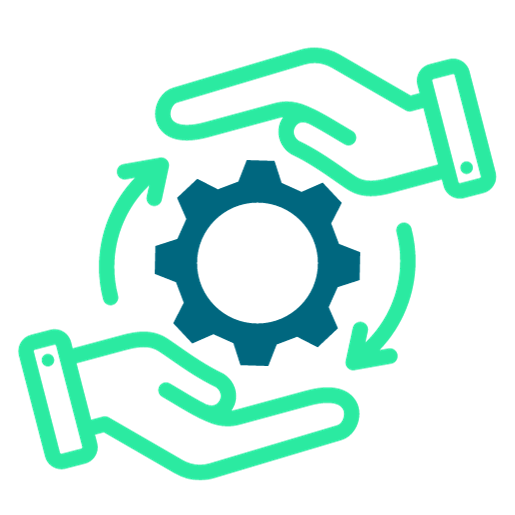CASE STUDY: Onboarding consulting for Airbus
The onboarding of young talents for vocational training at Airbus in Hamburg is a major undertaking every year and at the same time an important factor for the success of the training.
Requirements
Each year, the dual students have to be offered an individual framework programme in which they get to know the company and the site, are introduced to safety regulations and the corporate culture, are given the basics for their training occupation and can begin to build up their company network.
Solution
We at ARTS HR Lovers, together with our HR experts, have supported the design, planning and preparation of the onboarding with our expertise over several years and have actively contributed to the implementation of a warm and at the same time targeted 'welcome'.
Result
We were able to ensure that young talent quickly found their way around the company. The employees' experience was positively influenced by the good organisation of standard processes, a wide range of orientation services and an appreciative welcome to the company.
















